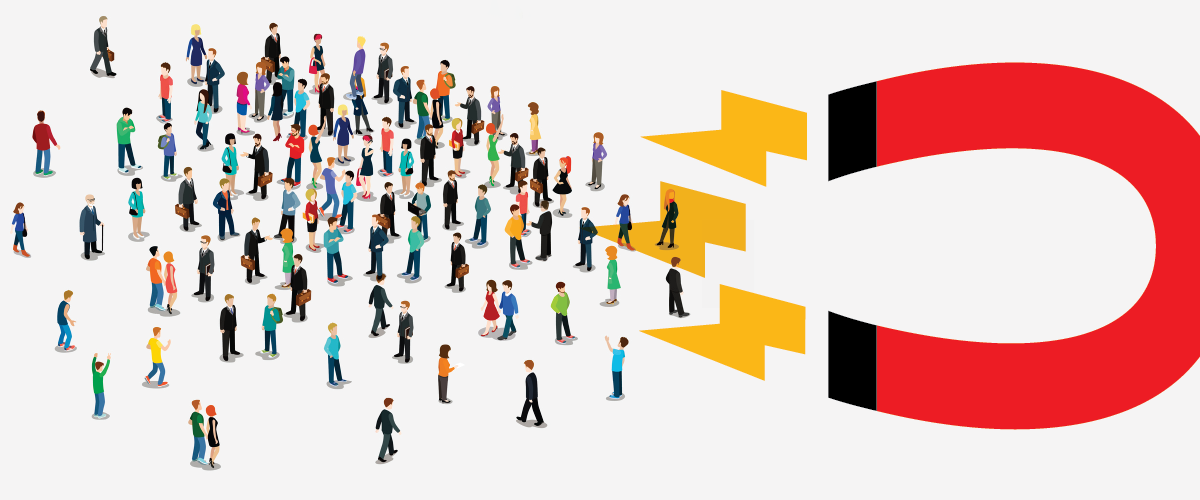Printing a t-shirt with maximum fidelity to the created art is the great challenge of the specialized companies. After all each year, new t-shirt customization technologies are launched in different countries around the world.
In fact, there is no personalization technology today that can fulfill every possible demand.
That’s why we have stood out as a reference in customizing t-shirt prints. The company can bring together different solutions to meet the most varied demands it receives daily.
Two techniques that stand out from the company’s portfolio are Silk Screen and Silk Digital. But what is the difference between them anyway?

SILK SCREEN
The Silk Screen is a classic customization technique, though the process has gained many innovations. As is well known, the screen printing process is premised on the revelation of screens as matrices of an image. Each color of a pattern will necessarily need a matrix screen.
In this logic, the process becomes very competitive in price for medium or large quantity productions. This is because the more parts are produced, the more diluted the screen development costs become.
We offer manual Silk Screen (suitable for ordering from 20 to 200 pieces) as well as Automated Silk (for orders over 200 pieces).
Silk is very suitable for tracing color prints. In less technical language, stroke colors are those arts in which we can count the number of colors.
Example: The Coca-Cola logo has only one color and Google’s has four colors. When we make t-shirts for these brands, we reveal a canvas for each of the colors.
Another logo may have an uncountable number of colors. A photograph like all these gradients also has countless colors. We call this art group chromium.
A major challenge for Silk Screen prints is the chromed prints, which means many colors combined.













